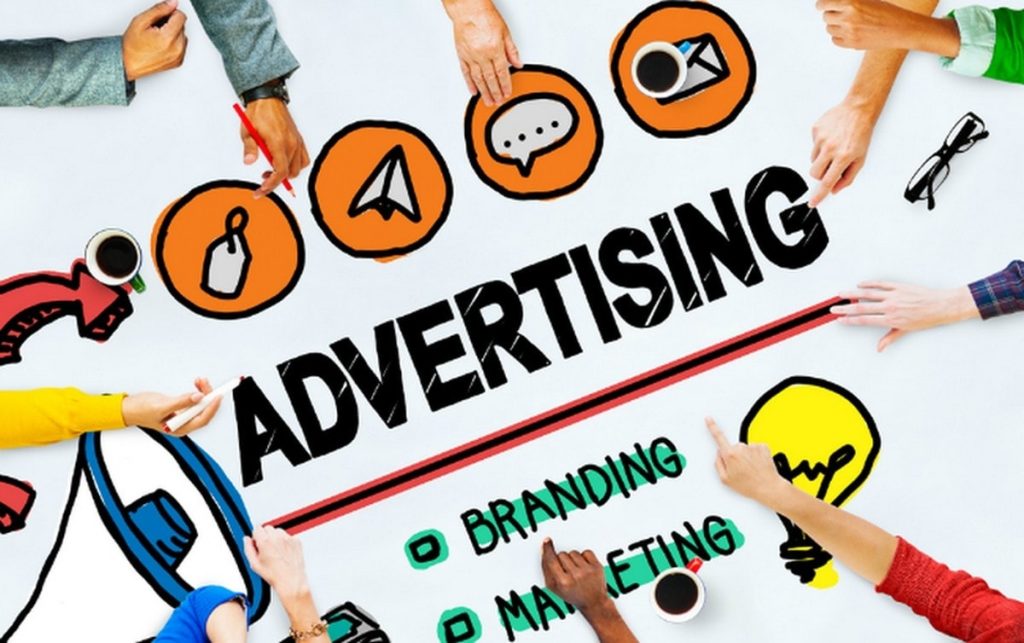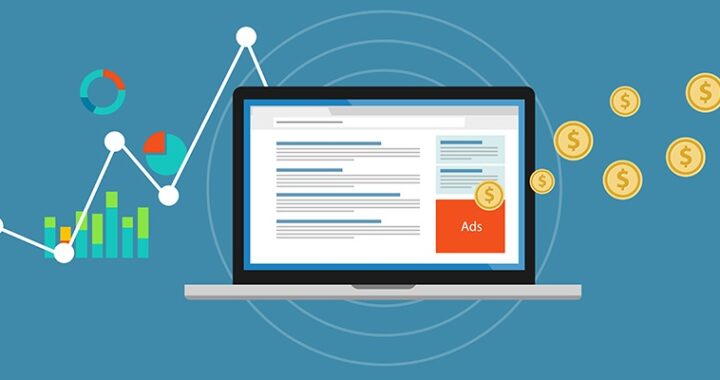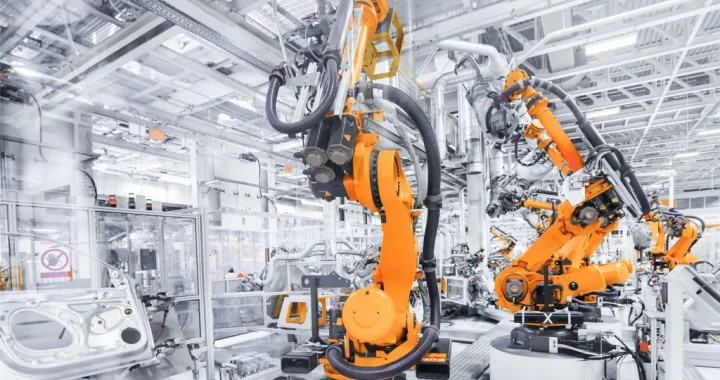The Evolution of Advertising: From Traditional to Digital Dominance

Advertising has long been an integral part of the global economy, shaping consumer behavior, influencing cultural trends, and driving innovation. Over the years, it has undergone a profound transformation, evolving in response to technological advancements, shifting cultural dynamics, and changing consumer preferences. From the days of print media to the rise of digital marketing, advertising has proven to be an adaptable, resilient force, continuously reshaping itself to meet the demands of both businesses and consumers. This article delves into the history, impact, and future of advertising, examining its journey from traditional media to digital dominance.
The Origins of Advertising: Traditional Beginnings
The roots of advertising can be traced back to ancient civilizations, where merchants used various methods to promote their goods. In ancient Egypt, for example, papyrus scrolls were used to announce new products and services. The Greeks and Romans, too, utilized signs and posters to advertise public events, performances, and local markets. These early forms of advertising were rudimentary by today’s standards but laid the groundwork for the more sophisticated techniques that would emerge in centuries to come.
By the 19th century, the industrial revolution catalyzed the growth of modern advertising. As mass production increased, businesses needed new ways to market their products to an ever-growing audience. Newspapers and magazines became the primary channels for reaching consumers, and print advertisements quickly became an essential part of daily life. These ads were often simple, relying on catchy slogans and attractive images to grab attention.
The mid-20th century saw the rise of television advertising, a revolutionary development that would change the landscape of marketing forever. The advent of TV allowed brands to reach millions of viewers simultaneously, creating the foundation for the iconic advertisements that are now etched into the collective memory of several generations. From Coca-Cola’s famous “Hilltop” commercial to the heartwarming commercials of companies like Procter & Gamble, television became the dominant force in advertising, solidifying its position as the primary method for mass marketing.
The Digital Shift: A New Era for Advertising
In the late 20th century and early 21st century, the world witnessed the rise of the internet, which would fundamentally alter the advertising industry. With the advent of websites, search engines, and social media platforms, businesses found new and more targeted ways to reach consumers. The shift from traditional media to digital media marked the beginning of a new era for advertising, one in which personalization and data-driven strategies would take center stage.
One of the most significant changes that digital advertising brought was the ability to track consumer behavior in real time. Unlike traditional advertising, which relied on broad demographic assumptions, digital advertising allowed businesses to gather granular data about individual consumers. This data could then be used to create highly targeted ads, which were often more effective than their traditional counterparts.
Search engine marketing (SEM) became one of the most popular forms of digital advertising. With the rise of Google and other search engines, businesses began to invest heavily in search engine optimization (SEO) and paid search ads. These methods enabled businesses to place ads directly in front of consumers when they were actively searching for relevant products or services. This new form of advertising was not only more cost-effective but also far more efficient, allowing advertisers to reach a highly engaged audience at the exact moment they were ready to make a purchase.
Simultaneously, the explosion of social media platforms such as Facebook, Instagram, and Twitter introduced another dimension to digital advertising. Social media platforms allowed businesses to target consumers based on specific interests, behaviors, and demographics, creating an unprecedented level of precision in advertising. The ability to engage with consumers through interactive and personalized content revolutionized how brands communicated with their audiences. Social media influencers, in particular, have become powerful tools for brands seeking to tap into niche markets and reach younger, more diverse consumer groups.
The Role of Data: Precision and Personalization
The rise of data analytics and machine learning has made advertising more precise and personalized than ever before. The ability to track consumer interactions across multiple devices and platforms has provided businesses with a wealth of information about their target audiences. With this data, companies can create highly customized ads that speak directly to the needs, preferences, and behaviors of individual consumers.
Behavioral targeting, which analyzes past browsing habits and purchase history, has become one of the most effective methods of reaching consumers. By understanding what a consumer has looked at, purchased, or interacted with in the past, businesses can serve up ads that are more relevant and timely. Retargeting ads, for instance, are shown to consumers who have previously visited a website but did not complete a purchase, nudging them toward conversion.
At the same time, artificial intelligence (AI) and machine learning algorithms are playing a critical role in optimizing digital advertising campaigns. These technologies can analyze vast amounts of data in real time, adjusting ad placements, targeting, and content delivery to maximize engagement and conversions. For example, AI-powered tools can predict which ads are most likely to resonate with a particular user, ensuring that the right message is delivered to the right person at the right time.
The Challenges of Modern Advertising
Despite the many advantages of digital advertising, it is not without its challenges. One of the most significant issues is ad fatigue. With consumers constantly bombarded by digital ads across multiple channels, many have become desensitized to marketing messages. Ad blockers, which prevent ads from being displayed on websites, have become increasingly popular as a response to this overload.
Another challenge is the issue of privacy. As data-driven advertising continues to grow, concerns about the ethical use of consumer data have intensified. High-profile data breaches and scandals, such as the Facebook-Cambridge Analytica scandal, have raised questions about how much personal information advertisers should be allowed to collect and use. Stricter data protection regulations, such as the General Data Protection Regulation (GDPR) in the European Union, have been implemented to address these concerns, but the balance between effective advertising and consumer privacy remains a delicate one.
Furthermore, the rapid pace of technological change means that advertisers must constantly adapt to new tools, platforms, and trends. What works today may be obsolete tomorrow, and businesses must be agile in order to keep up with shifting consumer behavior and technological advancements.
The Future of Advertising: A Blend of Innovation and Tradition
As we look to the future of advertising, it is clear that the digital revolution is far from over. Emerging technologies such as virtual reality (VR), augmented reality (AR), and voice search are poised to further transform the advertising landscape. For instance, AR allows consumers to interact with products in a virtual space, creating immersive brand experiences that were previously unimaginable.
Moreover, the rise of chatbots and artificial intelligence will likely continue to enhance customer service and engagement, enabling brands to have more personalized interactions with consumers. The ability to create dynamic, interactive, and highly tailored ad experiences will be key to staying relevant in an increasingly crowded marketplace.
However, traditional forms of advertising, such as print media and television, are unlikely to disappear entirely. While digital marketing may dominate the future, there will always be a place for traditional methods in certain contexts, especially when it comes to reaching older demographics or local audiences. The future of advertising will likely be a harmonious blend of the old and the new, where the precision of digital marketing complements the broad reach and emotional resonance of traditional media.
Conclusion
Advertising has come a long way since its humble beginnings, evolving from simple printed announcements to complex, data-driven digital campaigns. As technology continues to advance, the advertising industry will continue to innovate and adapt, offering new ways to engage consumers and drive business growth. However, as advertisers explore new frontiers, it is essential that they remain mindful of the ethical implications of their strategies and prioritize consumer trust and privacy. In the end, the future of advertising will not only depend on technological innovation but also on the ability of businesses to connect with their audiences in meaningful, authentic ways.

 Online Advertising and Its Benefits
Online Advertising and Its Benefits  Local Small Company Advertising Ideas – Where you’ll get Them
Local Small Company Advertising Ideas – Where you’ll get Them  Earn Money Through Business Advertising Brochures
Earn Money Through Business Advertising Brochures  Duties of the Publisher in PPC Advertising
Duties of the Publisher in PPC Advertising  Business Advertising Training Learned From 5 Fantastic Commercials – Gain knowledge from the Masters
Business Advertising Training Learned From 5 Fantastic Commercials – Gain knowledge from the Masters  Advertising Your Web Business – Quick Tips For That Business Advertising
Advertising Your Web Business – Quick Tips For That Business Advertising  How Make-Good Services Ensure Smooth Lease Transitions and Compliance
How Make-Good Services Ensure Smooth Lease Transitions and Compliance  The Shift from Concept to Real-World 3D Build Projects
The Shift from Concept to Real-World 3D Build Projects  The Evolution of Industry: From the Industrial Revolution to the Age of Automation
The Evolution of Industry: From the Industrial Revolution to the Age of Automation  Effortless Office Moves in Melbourne
Effortless Office Moves in Melbourne